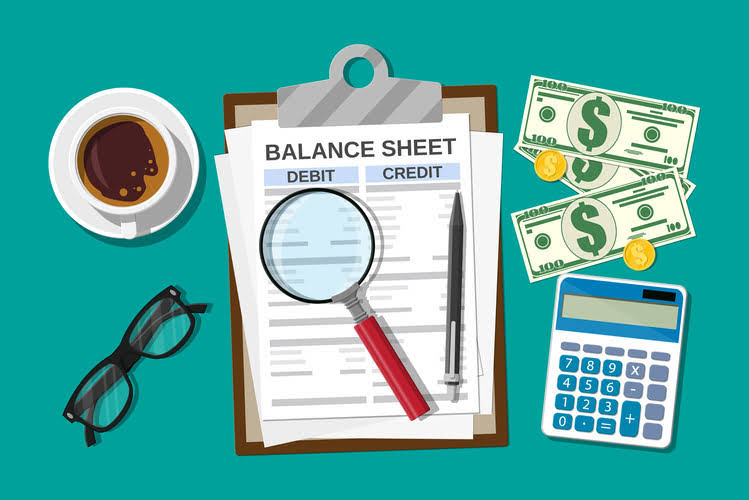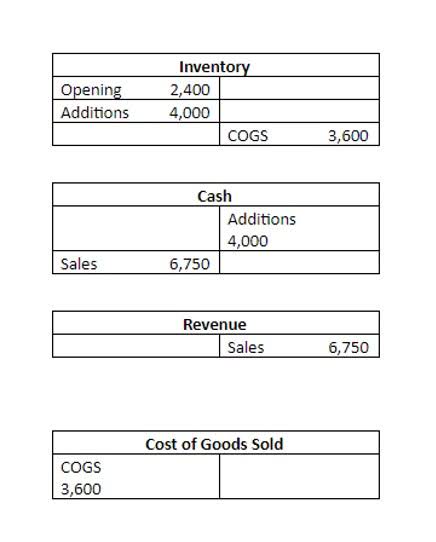
Per accrual accounting reporting standards, revenue must be recognized in the period in which it has been “earned”, rather than when the cash payment was received. Thus, the closing balance of unearned revenue account is $5,000 the same as the liability method. Businesses need clear documentation of customer contracts, payment terms, and revenue schedules to stay compliant. Many companies use accounting software to track unearned revenue and ensure accurate Accounting for Churches tax reporting. At the end of each accounting period, businesses update their financial statements to reflect revenue that has been earned and the amount still classified as a liability. On 31st May, a contractor received $100,000 for a project to be executed over ten months.
- A successful ecommerce strategy can allow entrepreneurs to reach a global audience with minimal overhead costs.
- Accounts receivable, or AR, represents income from products and services delivered but for which payment has not been received.
- Some of those accounts were supplies, prepaid expenses and long-term asset accounts, like equipment and buildings.
- Businesses need clear documentation of customer contracts, payment terms, and revenue schedules to stay compliant.
- A related account is Supplies Expense, which appears on the income statement.
- The unearned revenue account will be debited and the service revenues account will be credited the same amount, according to Accounting Coach.
- Unearned revenue, also known as unearned income, deferred revenue, or deferred income, represents proceeds already collected but not yet earned.
Deferral of Expenses
Unearned revenue should be listed as a credit in the operating activities section of your cash flow statement. Accounting for unearned revenue on your financial statements is crucial, both as an accurate record of your financial position and to ensure you retain the right information for the ATO. Unearned revenue is any payment made in advance, for example, retainers for ongoing services, annual subscriptions, vouchers, gift cards or prepaid rent.

Unearned income is it cash or accrual?
- The account is usually listed on the balance sheet after the Inventory account.
- The $10,000 would be recognized as income for the next ten months in the contractor’s books.
- The accrual method of accounting recognizes revenue when it is earned, rather than when cash is received.
- Under the principles of accrual accounting, revenue is recognised as income when it’s earned, not when cash enters your account (cash accounting).
- To record unearned revenue, you generally need to enter the amount in two places – as a credit to your unearned revenue account and a debit to your cash account.
- From an accounting perspective, recording deferred revenue as a liability is necessary to accurately represent the financial position of the company.
That statement should make you think of unearned revenue because it has not been earned. Unearned revenue is a liability account and therefore the normal balance trial balance is a credit. No, the $2,500 is the amount we need to remove from the account because it is no longer unearned.
Example – Journal Entry for Rent Received in Advance

Consequently the debit records the increase in the cash balance in the balance sheet of the business. The accounting records will show the following bookkeeping transaction entries to record the income received in advance. Unearned revenue always has to be entered in the company’s balance sheets and it figures under liabilities.

If the business has earned $2,500 of the $4,000, then the new balance is $1,500. Negative deferred revenue on a balance sheet is usually a sign that something is off in your calculations, or your classifications. That would imply that the company has paid the customer, which means that the amount would be a receivable, as a negative liability is an asset. A simple example of a deferred how to journalize unearned revenue revenue journal entry could look like this.